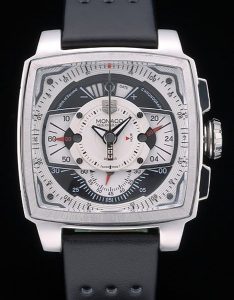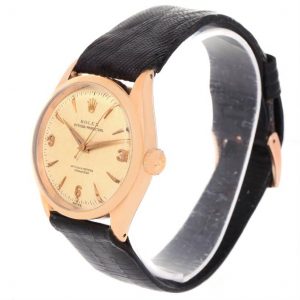Tariff Tensions and Technical Triumphs in Luxury Watchmaking
The luxury watch industry faces a pivotal moment as geopolitical maneuvers and cutting-edge innovation collide. For Rolex enthusiasts, the prospect of acquiring a signature watch may soon become a steeper financial climb, while TAG Heuer accelerates into new horological territory with its latest technical marvels. 
Economic Headwinds for Crowned watches
Rolex’s storied catalog – from the Submariner’s aquatic elegance to the Daytona’s racing pedigree – could see prices soar under proposed U.S. tariffs targeting European imports. A 31% levy on Swiss goods threatens to amplify already premium price tags, compounding the challenges of securing these elusive replica watches amid notorious waitlists and dealer allocations.
Consider the Submariner Date, currently retailing at $10,700. With tariffs applied, its cost would leap by $3,317, eclipsing $14,000 overnight. The stainless steel Daytona, a grail for collectors, could surge past $19,700 – a figure that dwarfs its baseline $15,100 sticker price. Even the understated Datejust 41, a staple of everyday luxury, risks a $2,495 hike, nudging it into five-figure territory. Such increases risk alienating all but the most determined buyers, potentially funneling demand toward a secondary market already ablaze with competition. 
Swiss officials scramble to mitigate the fallout. Privileged negotiations with U.S. counterparts offer a glimmer of hope, yet uncertainty lingers. Should talks falter, Switzerland’s export-driven economy – anchored by its watchmaking titans – faces a projected 0.3% GDP contraction, with Rolex and peers like Patek Philippe bearing the brunt. For consumers, the calculus grows dire: procure now or brace for prolonged waits and inflated costs.
Secondhand Sanctuary or Tariff Trap?
Pre-owned markets present a precarious refuge. Watches already stateside escape unscathed, but imports – even those originally Swiss-made – incur the full tariff if shipped post-policy. This distinction places domestic dealers at an advantage, while global platforms like Chrono24 may see U.S. buyers retreat. The result? A fragmented market where geography dictates affordability.
TAG Heuer’s High-Octane Counterpunch
Amid economic turbulence, TAG Heuer shifts gears with a trio of Monaco releases that blend motorsport adrenaline with horological prowess. The marquee piece, the Monaco Split-Seconds Chronograph, is a technical tour de force. Its case, forged from proprietary TH-Titanium, undergoes a scorching treatment to achieve a mottled, camouflage-like finish – a visual nod to Formula 1’s raw engineering spirit.
Beneath the avant-garde exterior lies the Calibre TH81-00, a featherweight movement boasting a rattrapante chronograph and a 65-hour power reserve. Vibrant lime-green accents on the skeletonized dial underscore its racing DNA, while a chequered-flag rotor and hand-stitched strap cement its track-ready aesthetic. Priced at CHF 145,000, it’s less a timekeeper than a wearable trophy for horological connoisseurs. 
Accompanying this flagship are the Gulf-liveried Monaco Chronograph, channeling Steve McQueen’s Le Mans legacy, and the Chronograph Stopwatch, a retro revival of 1960s dashboard timers. Together, they signal replica TAG Heuer‘s commitment to marrying heritage with hyper-modernity.
A Sector in Suspense
As Rolex navigates tariff turmoil and TAG Heuer revs its creative engine, the luxury watch industry epitomizes resilience under pressure. For buyers, the message is clear: adaptability is paramount. Whether securing a Rolex before tariffs bite or investing in TAG’s boundary-pushing mechanics, the stakes – and prices – have never been higher. In this era of upheaval, horology remains a realm where craftsmanship and commerce collide, demanding both passion and prudence from those who dare to indulge.